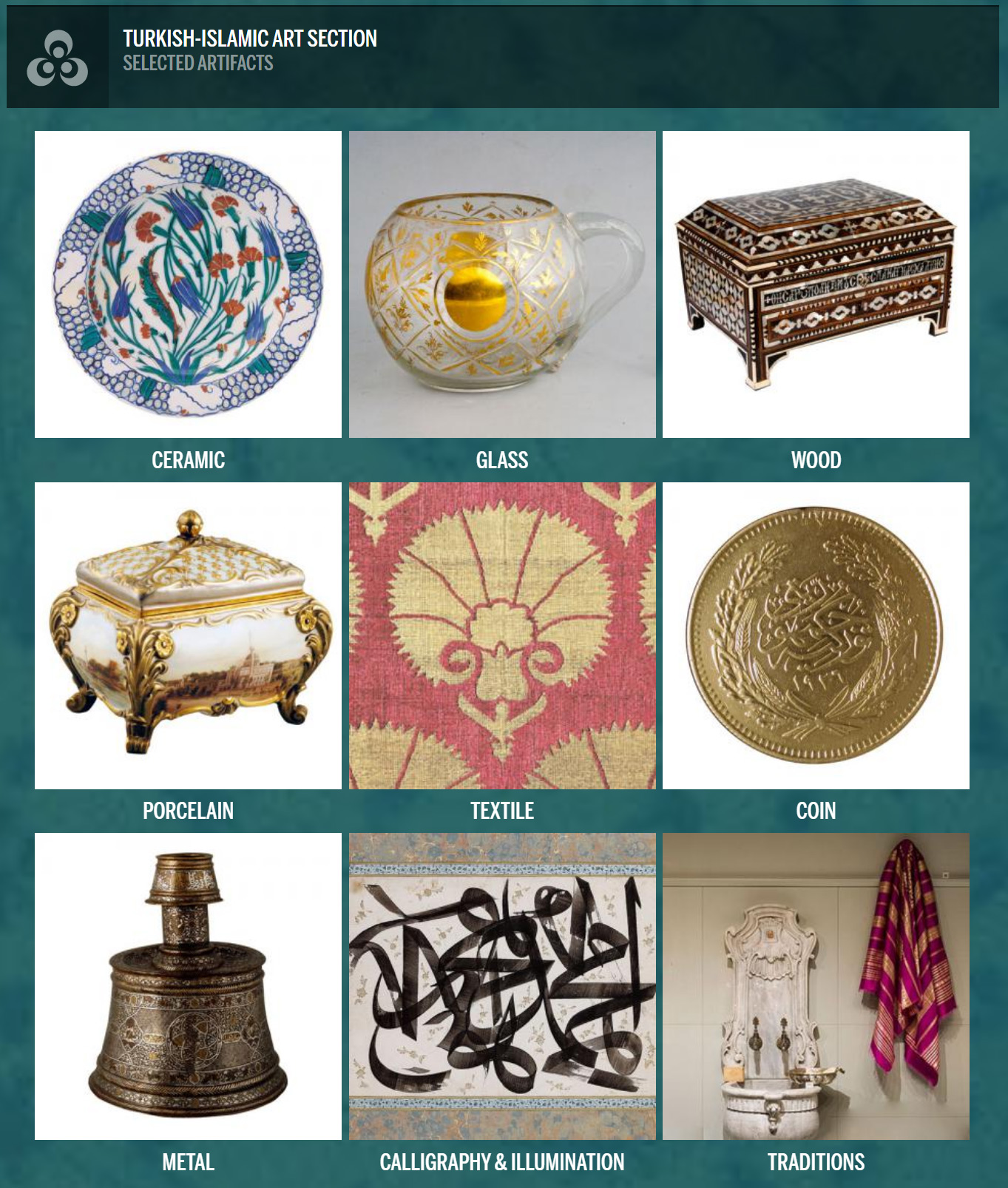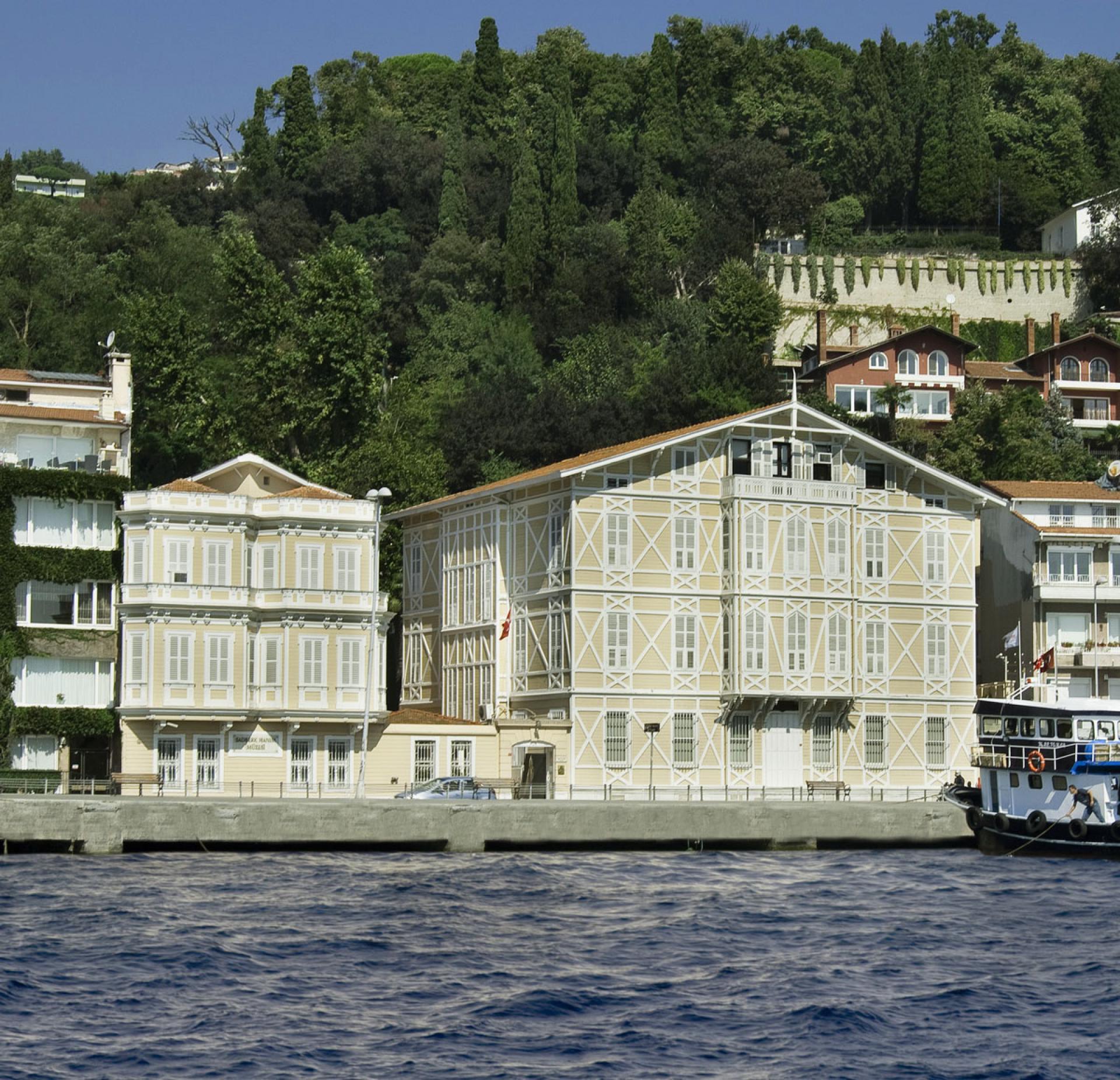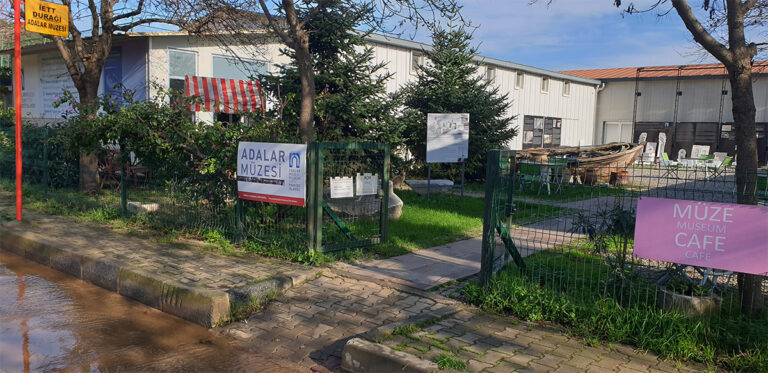Sadberk Hanım Museum
The Vehbi Koç Foundation Sadberk Hanım Museum, opened to the public on October 14, 1980, holds the distinction of being Turkey’s first private museum. Initially based on the personal collection of Sadberk Koç, wife of Vehbi Koç, the museum’s collection has since grown to nearly 20,000 items, including Turkish-Islamic and archaeological artifacts. The museum management focuses on gathering exquisite examples of Ottoman Period and Turkish art.
Particularly noteworthy are its collections of Iznik tiles and ceramics, and Ottoman period women’s clothing and embroidery, which hold a significant place in global collections. The museum’s collection continues to expand rapidly through donations and acquisitions from both domestic and international sources.
The Sadberk Hanım Museum aims to preserve and pass down the cultural heritage within its collection to future generations. It houses outstanding examples of Ottoman art, spanning 600 years, including everything from calligraphy to silk textiles, and early Islamic Period artifacts. Besides its permanent exhibitions, the museum also organizes temporary thematic exhibitions, publishes scientific works, and offers educational programs, aspiring to integrate with all segments of society and contributing to the artistic and scientific development of the community within a contemporary museological understanding.
The Sadberk Hanım Museum presents artifacts from Anatolia and Turkish culture dating from 6000 BC to the present in a chronological arrangement. The museum, with its displays reflecting the Ottoman house and customs, is considered an exemplary model in its genre. As a member of ICOM, it is well recognized and esteemed in national and international scientific communities, among both local and foreign individuals familiar with world culture. The museum facilitates scientific research, lending works to numerous exhibitions both in Turkey and abroad, and actively participates in joint projects with state museums under the Ministry of Culture.
ARCHAEOLOGY SECTION SELECTED WORKS

In the Sevgi Gönül Building, archaeological artifacts reflecting the cultures of civilizations that lived in Anatolia from 6000 BC until the end of the Byzantine period are displayed in chronological order. The exhibited items include terracotta or metal vessels, figurines, ritual symbols, glass works, coins, jewelry, tablets, sculpture works, and tomb stelae.
On the first floor, showcases feature artifacts from the Prehistoric and Protohistoric periods, beginning the chronological display with the Neolithic era and concluding with artifacts from the Phrygian period.
The second floor showcases include artifacts from the Mycenaean, Geometric, Archaic, Classical, and Hellenistic periods, while the third floor is dedicated to artifacts from the Roman and Byzantine periods.
TURKISH-ISLAMIC ART SECTION SELECTED WORKS

The exhibition in the Azaryan Mansion begins on the first floor with a room displaying artifacts from the Early Islamic, Seljuk, Ayyubid, Mamluk, Timurid, and Safavid periods in chronological order.
The Sadberk Hanım Museum’s Iznik ceramics collection is one of the world’s most notable collections. The exhibition allows visitors to trace the development of Iznik ceramic art from the late 15th century to the mid-17th century. The evolution of Ottoman ceramic art from the 18th to the 20th century can be seen in showcases featuring Kütahya and Çanakkale ceramics.
Another distinguished group in the museum’s collection is Ottoman-era silver and tombac works bearing the sultan’s signature (tughra), which can be viewed on the first floor of the Turkish-Islamic section.
Although modest, the Sadberk Hanım Museum’s collection of Chinese porcelains is a significant treasure for those interested in studying Chinese porcelains used during the Ottoman period, as it contains original pieces.
On the second floor of the Turkish-Islamic section, along with exquisite examples of Ottoman weaving and embroidery, a rich collection of traditional Ottoman women’s clothing is on display.

VISIT AND CONTACT INFORMATION
Address: Piyasa Avenue No: 25 Büyükdere 34453 Sarıyer – ISTANBUL
Phone: +90(212) 242 38 13 -14 Fax: +90(212) 242 03 65
Visiting Hours: 10:00 AM – 5:00 PM
Closed On: Wednesdays January 1 Religious holidays (specific to the pandemic period) Public holidays (specific to the pandemic period)
Admission Fees:
- Full Ticket: 50 TL
- Discounted Ticket: 30 TL (for Museum Pass and Müzekart+ holders)
- Student Ticket: 10 TL
- Free Admission: Teachers, licensed guides, ICOM Card holders, visitors over 65, disabled visitors (+1 companion), children under 7 years old (+1 companion), KoçAilem members, Sotheby’s Preferred Card holders (+ 1 guest)
Bus Routes: 25A Rumelikavağı – Hacıosman, 25E Sarıyer – Kabataş, 25G Sarıyer – Taksim, 25H Hacıosman Metro – Havantepe, 25T Sarıyer – Taksim, 25Y Hacıosman Metro – Yunus Emre / Uyum Sitesi, 40 Rumelifeneri / Garipçe – Taksim, 40B Sarıyer – Beşiktaş, 41 Sinpaş Sitesi – 4. Levent Metro, 41C Ayazağa – Sarıyer, 41SF Sarıyer – Fatih Sultan Mehmet, 42K Kazımkarabekir – Sarıyer, 42KT Sarıyer – Kocataş, 59RS Sarıyer – Rumeli Hisarüstü, 150 Hacıosman Metro – Rumelifeneri, 151 Hacıosman Metro – Kilyos, 152 Hacıosman Metro – Zekeriyaköy / Kısırkaya, 153 Bahçeköy – Sarıyer, 154 Hacıosman Metro – Koç University.
Note to Visitors: Flash photography and selfie sticks are not permitted in the exhibition halls. We appreciate your understanding and cooperation.
Please note that the museum buildings are historical structures without ramps or elevators.
There is no parking available at the museum. Visitors arriving by private vehicle can park along the coastal road where available.



